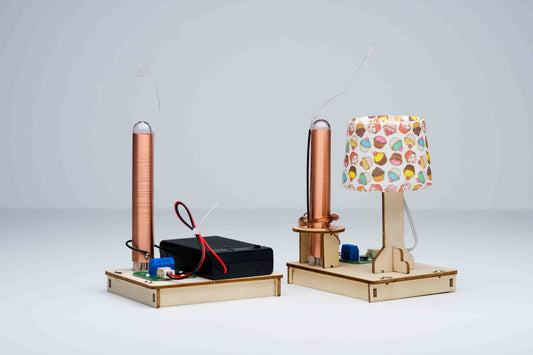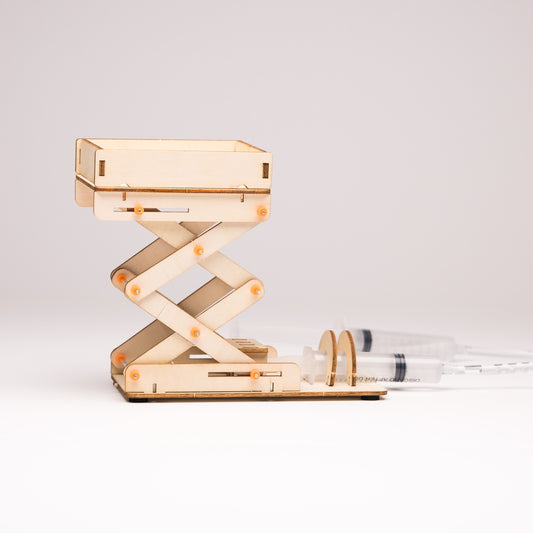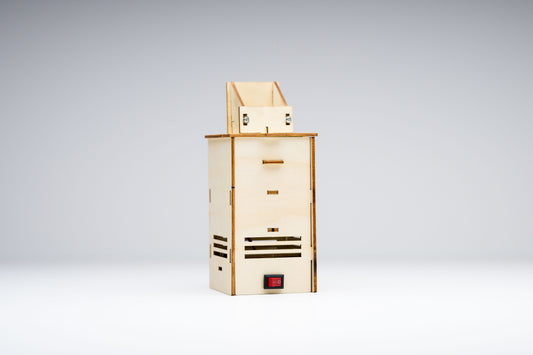Engineering is a field that combines science, mathematics, and creativity to solve real-world problems. Introducing children to basic engineering principles can be both fun and educational, especially when explained through everyday examples and interactive activities. Young Inventors' approach to STEM basics through educational toys offers an ideal platform for this exploration. Here’s a breakdown of some fundamental engineering principles for young minds.
1. The Design Process
Principle: Engineering starts with identifying a problem and then designing a solution. Simple Explanation: Just like when you build a Lego house, you first think about what you want it to look like and what pieces you need. Engineers do the same; they first plan what they need to solve a problem. Activity/Toy: Use building blocks or a construction set from Young Inventors to design and build a structure. This encourages planning, problem-solving, and creativity.
2. Structures and Stability
Principle: The strength and stability of a structure depend on its design and materials. Simple Explanation: Think about why a table stands firmly on the floor. Its legs and flat surface make it stable and strong enough to hold things. Engineers think about how to make things strong and stable so they don't fall down. Activity/Toy: Building bridges with popsicle sticks or using a Young Inventors kit to create structures that can hold weight, teaching about balance and strength.
3. Simple Machines
Principle: Simple machines make work easier by changing the direction or magnitude of a force. Simple Explanation: Tools like levers, wheels, and pulleys are simple machines. A seesaw is a lever – it helps lift things with less effort. Activity/Toy: Create a simple pulley system to lift toys or use a lever to move heavy objects. Young Inventors’ kits may include components to build simple machines, demonstrating these concepts.
4. Energy Conversion
Principle: Energy can be converted from one form to another. Simple Explanation: When you eat food, your body converts it into energy that lets you run and play. Similarly, engineers find ways to change energy from the sun, wind, or water into electricity. Activity/Toy: Solar-powered toy kits or windmill models that demonstrate how energy is converted from wind or sunlight into motion or electricity.
5. Aerodynamics and Fluid Dynamics
Principle: The study of how air and liquids move and interact with objects. Simple Explanation: Think about how a kite flies in the wind. Engineers study how air moves around things like airplanes or cars to make them faster and safer. Activity/Toy: Building model airplanes or boats and testing them to see how their shape affects their movement through air or water.
6. Circuitry and Electronics
Principle: Basic principles of electricity and how it powers devices. Simple Explanation: Electricity flows through wires like water flows through pipes, turning lights on or making phones work. Engineers design circuits to control where electricity goes. Activity/Toy: Electronic kits where kids can safely create simple circuits, learning about electricity flow and basic electronics.
7. Robotics and Automation
Principle: Using computers and machines to automate tasks. Simple Explanation: Robots are machines that can do tasks on their own. Engineers program them to do things like exploring space
or helping doctors in surgeries. Activity/Toy: Robot building kits, often available from Young Inventors, where children can assemble and sometimes program simple robots, introducing them to the basics of robotics and coding.
Introducing children to engineering principles through practical examples and interactive activities lays a foundation for understanding how things work in the real world. It nurtures curiosity, problem-solving skills, and an interest in STEM. Young Inventors’ educational toys provide an excellent resource for this kind of learning, making complex concepts accessible and fun for young minds.
For more engaging and educational engineering activities, check out Young Inventors’ range of products. Let's inspire the next generation of engineers with hands-on learning and creative play!





